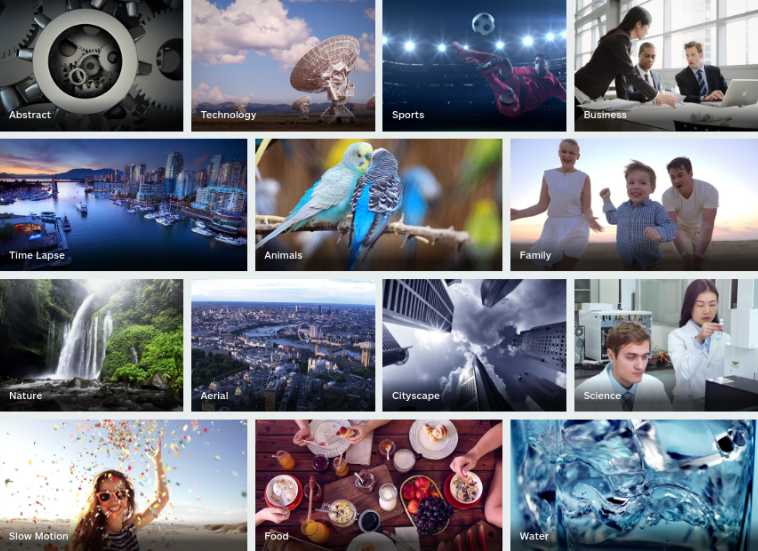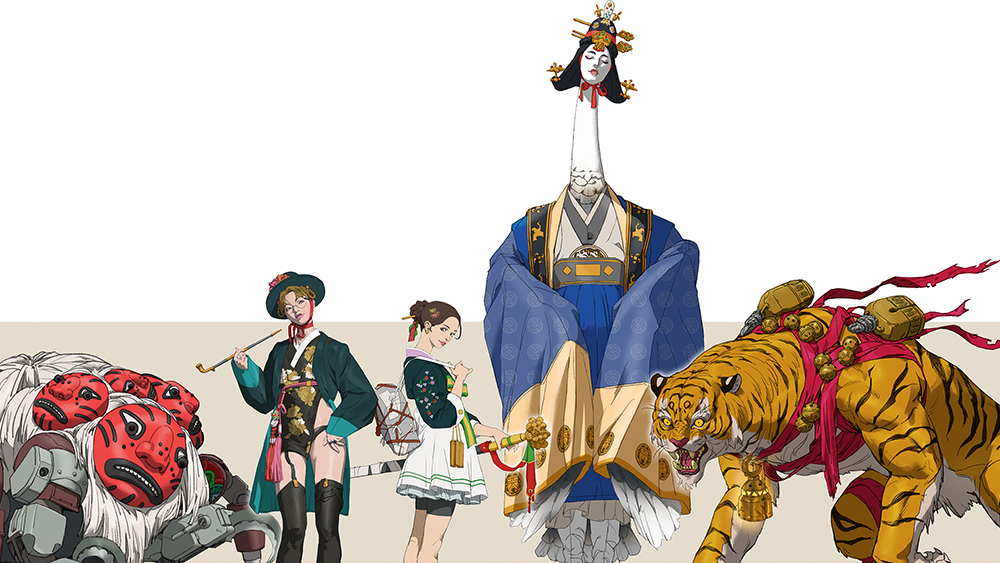4 things every creative needs to know about 4K video
It only seems like yesterday that we were having to make our creative and design work fit an HD world. But now, another technology has come along to change the game entirely.
4K is a high resolution format for images and video, and it’s something that every creative needs to know about. In this post, we’ll explain the basics, and how you can get on board the 4K train.
01. What 4K is

4K, also sometimes called Ultra HD (UHD), offers four times the density of pixels you get with 1080p HD – using 3840 x 2160 pixels. As a result, 4K offers an incredible amount of detail and a greater feeling of depth for the viewer. And while even some smartphone screens offer 4K resolution, the difference between HD and 4K is most obvious on large screen TV or video projections.
While with HD screens, the closer you get, the more the picture blurs, with 4K the opposite occurs. In other words, the closer you get, the more you get immersed in the incredible level of detail.
4K TVs are already on sale, and increasingly affordable. There’s not a lot of 4K content to watch on them yet, but Sony, Netflix and Amazon all offer some streaming shows in 4K, as long as you have decent enough broadband to pipe it through. Cinemas have their own specific system too, called Cinema 4K, which offers the slightly higher resolution of 4096 x 2160.
02. 4K monitors

While the main market for 4K is the television audience, that doesn’t mean that film-makers, videographers and animators are the only creatives utilising 4K. With prices starting as low as £250, more and more graphic designers, web designers, illustrators and photographers are buying 4K monitors in order to see their work at pin-sharp levels of detail.
4K monitors we’d recommend for design work include the Samsung UD970, the Acer S277HK and, at the budget end, the Viewsonic VP2772. We also put six models for digital and 3D artists through their paces in our 6 professional 4K monitors for digital artists group test. Plus, new models are coming out all the time, so we’d suggest you keep an eye on the latest reviews at our sister site Tech Radar.
Daily design news, reviews, how-tos and more, as picked by the editors.
03. 4K phones

Perhaps the biggest news about 4K video is that shooting it doesn’t require an expensive, pro-level setup, because it’s already a standard feature of the latest smartphones.
Our recommendations for 4K-capable phones include the Huawei P10 Plus, Google Pixel XL and Sony Xperia XZ Premium. You can also record 4K video on the latest SLRs and mirrorless cameras and wearable cameras, such as the GoPro.
04. 4K stock video

Whether you’re looking for a standalone clip, footage to use as a website background or in a header, 4K is increasingly de rigueur for all kinds of creative projects. But if you don’t have the time, energy or budget to shoot pro-level 4K video of your own, there’s plenty of high-end stock video available for your needs to download at low prices.
iStock by Getty Images, for example, has been providing 4K video to its customers since 2015. So it already has a large and impressive array of professionally shot 4K video footage on the site: 394,182 clips at the time of writing. And you can download them for the exact same price as SD clips.
Overall, iStock provides video footage in 21 categories. In our What the new wave of 4K video means for designers post, we detail 10 examples and how you might use them in your projects.

Tom May is an award-winning journalist specialising in art, design, photography and technology. His latest book, The 50 Greatest Designers (Arcturus Publishing), was published this June. He's also author of Great TED Talks: Creativity (Pavilion Books). Tom was previously editor of Professional Photography magazine, associate editor at Creative Bloq, and deputy editor at net magazine.
